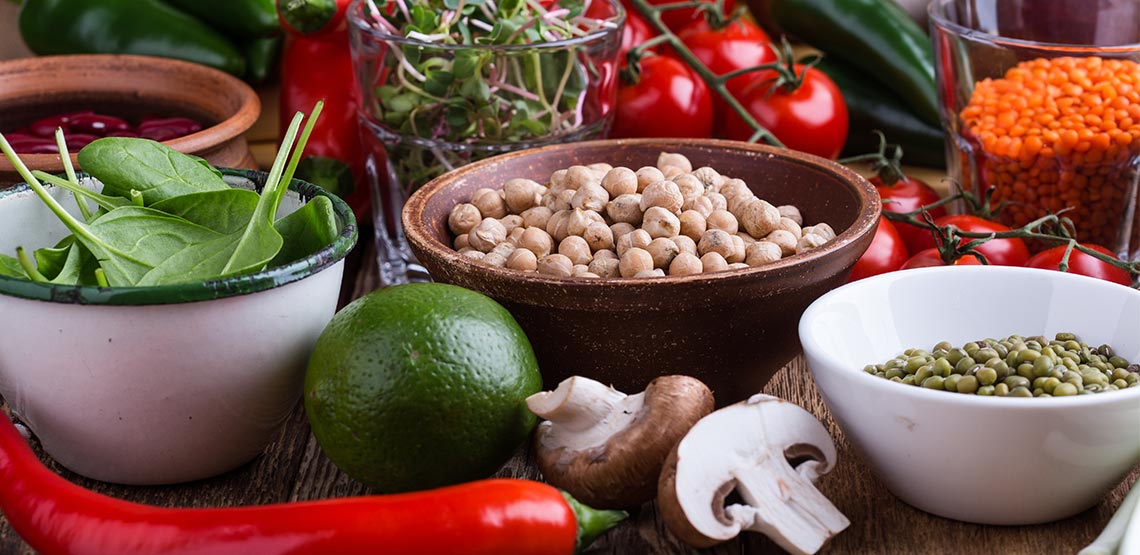What Is High Cholesterol?
We’ve likely all heard someone say, "I’ve got high cholesterol!", but have we taken time to think about this statement? We know that this is a bad thing; it is bad for our heart and for our blood vessels. But do we really know what cholesterol is, and why it is bad for us?
How to Reduce Cholesterol
Regular exercise is known to increase HDL and reduce triglycerides. Exercise does not have to be extensive — as little as 30 minutes of activity on most days of the week can have a large effect on these blood levels.
Triglycerides levels can be directly impacted by alcohol intake; reducing alcohol consumption can reduce triglyceride levels, especially if triglyceride levels are severely elevated.
Medications can be prescribed to treat cholesterol levels:
- Statins: Statins are recommended to those who have high cholesterol, but they also may be prescribed prophylactically to those who have diabetes. Examples of statins include atorvastatin (Lipitor) and rosuvastatin (Crestor).
- Fibrates: Fibrates work specifically on the triglyceride levels; they are contraindicated in those with kidney disease or liver disease. Examples of fibrates include fenofibrate (TriCor, Fenoglide) and gemfibrozil (Lopid).
- Niacin: Niacin lowers both LDL and triglyceride levels. However, it can interact with several different medications and has significant side effects.
- Fish oil: Fish oil helps to lower triglyceride levels. It can be purchased over the counter, but there are also prescription preparations, such as Lovaza, that contain more active fatty acids than OTC supplements. However, fish oil, in large doses, can interfere with blood clotting.
Dietary changes can have a big impact on cholesterol levels. The Academy of Nutrition and Dietetics gives the following advice:
- Consume foods with plant sterols, such as nuts, seeds and whole grains. These foods reduce total cholesterol and LDL levels.
- Limit intake of saturated fats; saturated fats are the type of fat that is found in animals and whole-fat dairy. Consuming a diet rich in saturated fat is thought to increase LDL levels. Replacing saturated fats with unsaturated fats appears to lower LDL levels.
- Use sunflower oil, olive oil or canola oil.
- Consume fish that is rich in omega-3 fatty acids such as salmon or choose walnuts and flaxseeds.
- Select low-fat dairy instead of full-fat dairy.
- Avoid trans fats: a key word for trans fat on a label is "hydrogenated fat".
- Consume lean proteins
- Look for the words "loin" and "round" on the packaging.
- Pull the skin off chicken before grilling or baking.
- Limit marbled and fatty cuts of meat, as well as deep-fried foods.
- Consume soluble fibers: soluble fiber can be found in fruits and vegetables, beans, lentils and whole grains. A proper intake of soluble fiber can reduce LDL levels.
Foods to Avoid
While there are many good foods to eat in order to help keep your cholesterol in check, there are also foods you should avoid eating. Many of these will make cholesterol levels worse:
- Red meat and processed meats.
- Fried foods.
- Baked goods containing high amounts of butter.
- Foods high in trans fat.
- Dairy and other foods containing whole milk.
Related Search Topics (Ads)
Understanding Cholesterol
Cholesterol is a waxy substance that is found in many of the foods that we eat. It is also found as a naturally occurring substance in our own bodies. In fact, our bodies make it on their own, and we make all the cholesterol that we need!
Though we inherently perceive cholesterol as being "bad" for us, we do need some of it in order to function. Cholesterol is essential in order to produce hormones and vitamin D, and it is needed in order to digest the foods that we eat. In short, we couldn’t live without it.
But too much cholesterol is not a good thing.
Good vs Bad
Cholesterol is actually a blanket term for three different types of cholesterol:
- High-density lipoprotein (HDL). HDL helps to remove extra cholesterol from the body and is often considered the "good" cholesterol.
- Low-density lipoprotein (LDL). LDL may lead to buildup of plaque on arteries and is considered the "lousy" cholesterol.
- Very-low-density lipoprotein (VLDL). VLDL also contributes to plaque buildup and is often considered a "lousy" cholesterol.
Related to cholesterol are triglycerides. Triglycerides are a specific type of fat; they are different than cholesterol, which build cells and hormones. Triglycerides store calories and provide energy. However, high triglycerides are indicative of: consumption of too many calories, an increased risk for prediabetes and type 2 diabetes, a diet rich in processed foods and perhaps an excess intake of alcohol.
What Constitutes as High Levels?
The values below are recommendations from the American Heart Association. As indicated, LDL and triglycerides are targeting lower goals, while HDL is indicating a higher goal.
Total cholesterol:
- Desirable: less than 200 mg/dl
- Borderline high: 200-239 mg/dl
- High: 240 mg/dl and above
LDL:
- Optimal: less than 100 mg/dl
- Near optimal/above optimal: 100-129 mg/dl
- Borderline high: 130-159 mg/dl
- High: 160-189 mg/dl
- Very high: 190 mg/dl and above
HDL:
- Protective against heart disease: 60 mg/dl and higher
- The higher the better: 40-59 mg/dl
- A risk factor for heart disease: less than 40 mg/dl
Triglycerides:
- Normal: less than 150 mg/dl
- Borderline high: 150-199 mg/dl
- High: 200-499 mg/dl
- Very high: 500 mg/dl and above


